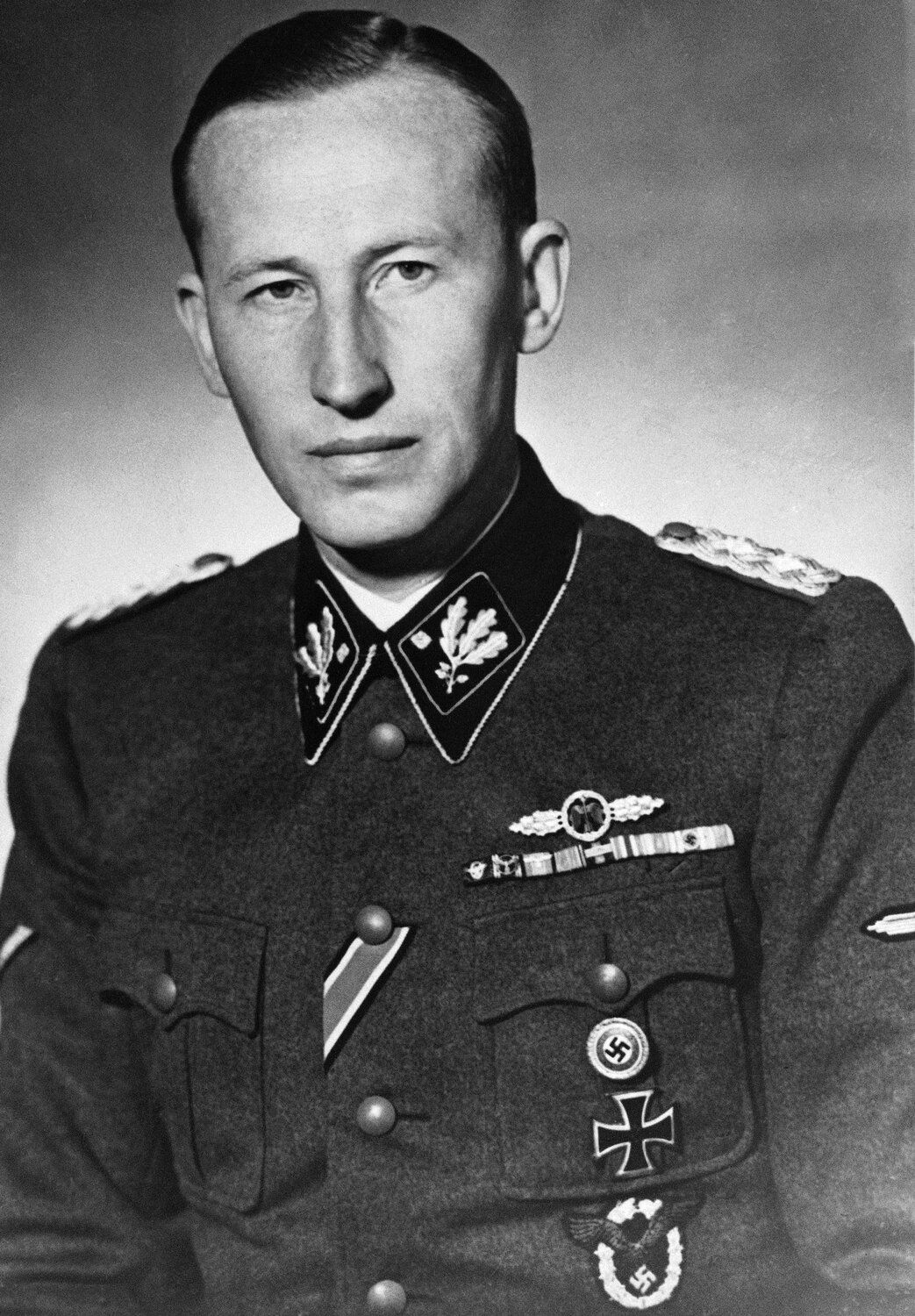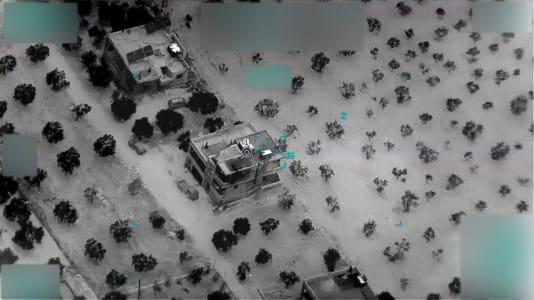On May 27, 1942, Czechoslovak paratroopers Jozef Gabčík and Jan Kubiš assassinated a high-ranking SS official, Reinhard Heydrich, the Reich-Protector of Bohemia and Moravia.
The decision to assassinate Heydrich was made right after he assumed the position of Deputy Reich Protector for the Protectorate of Bohemia and Moravia in place of Konstantin von Neurath on Sep. 28, 1941. At the same time, he became the head of the protectorate police.
Immediately after taking office, he declared martial law to deal with domestic resistance and to implement a plan for a “final solution to the Czech question.” He also began the executions of Czech generals, which likely sparked the decision to plan an attack. Then-president Edvard Beneš, who was in London exile, approved the assassination attempt.
Soldiers Jozef Gabčík and Jan Kubiš, trained in the United Kingdom, were selected for the operation under the code name, Anthropoid. They considered several ways and eventually decided to attack Heydrich on his regular journey from his residence in Panenské Břežany, near the capital, to Prague Castle. The optimal place was a sharp turn in the Libeň district, where the car with which Heydrich was riding had to slow down. In addition, the always-confident Heydrich was traveling in an open, unprotected Mercedes-Benz.
Gabčík tried to shoot Heydrich, first from a sub-machine gun, and then a pistol, however, he was unsuccessful. Kubiš threw an anti-tank charge at the car. Although the bomb exploded outside the vehicle, it caused severe damage to the SS Obergruppenführer. He and his driver, who was also his bodyguard, tried to catch up with the assassins, but neither succeeded.
Heydrich died in hospital on June 4, 1942, understood to have contracted sepsis after a piece of broken metal from the car caused him an infection.
Immediately after the assassination, an extensive search was launched to capture the assassins and their associates. At the same time, terror broke out, the so-called Heydrichiade, and mass executions began. All that was needed for the death sentence was to approve the assassination. There were several thousand victims. The burning and obliterating of the village of Lidice became a symbol of repression paradoxically due to the unfounded suspicion that local people were helping the assassins, which turned out to be a falsehood.
One of the paratroopers, Karel Čurda, became a symbol of the nation’s betrayal. On June 16, 1942, he arrived at the Gestapo headquarters and reported his fellow assassins. The reason for his betrayal is still not entirely evident to this day, however his fear for loved ones and the promised high financial reward for providing information about the wanted men undoubtedly played a role.
Although Čurda did not know where the assassins were hiding, he revealed all the relevant contacts and addresses he knew. The Gestapo immediately launched a brutal action and began mass arrests. Vlastimil Moravec, a young resistance fighter revealed that the assassins were hiding in the crypt of an Orthodox church in the center of Prague. He is understood to have confessed after Nazi troops showed him his mother’s severed head.
On Thursday, June 18, 1942, 750 members of the Waffen-SS and dozens of Gestapo and local firefighters surrounded the church. The shootout between the Gestapo and the paratroopers lasted for two hours before the resistance fighters ran out of ammunition. None of them survived.
“In the whole of occupied Europe, there was no action of similar significance, no attack on such a high-ranking figure in the entire hierarchy of the Third Reich. Heydrich was the founder of the Reich Security Office of the RSHA, an SS-Obergruppenführer, and a police general. He also served as the head of Interpol at one time. Heydrich was an instigator of the Holocaust. In February 1942, a conference was held in Wannsee, where Heydrich outlined a plan for the mass murder of Jews,” explained Zdeněk Špitálník from the Military History Institute Prague.
According to Špitálník, the assassination led to a significant improvement in the prestige of exiled Czechoslovakia abroad.
“As a result, the act led to the retroactive unrecognition of the Munich Agreement at the end of the summer of 1942, which was one of the main goals of Czechoslovak foreign policy,” he added.





